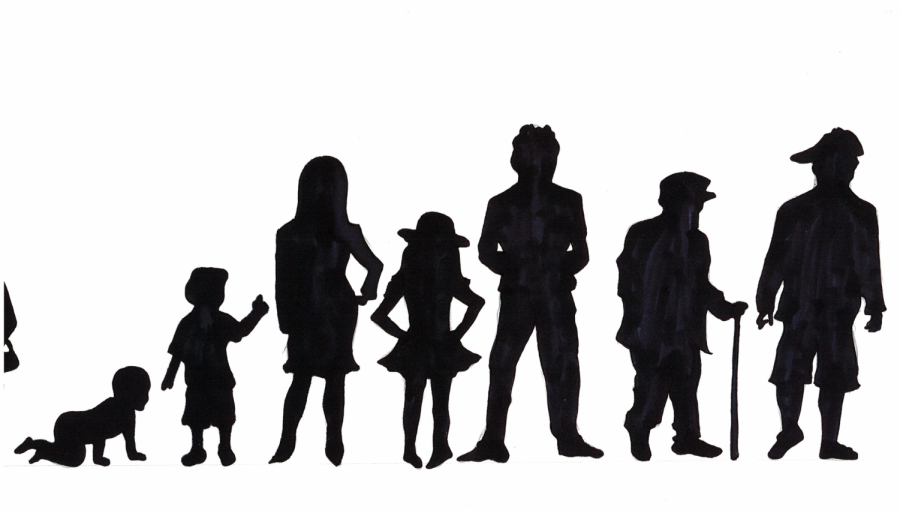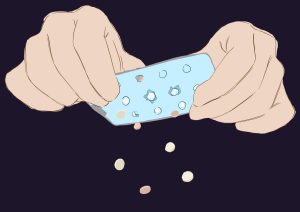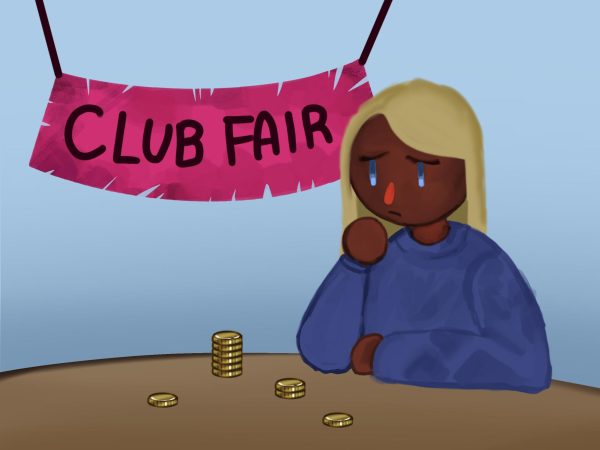Misunderstandings of Autism
April 16, 2018
The month of April is Autism Awareness Month. Though an important month to develop an understanding of what it means to have autism, along with it many stereotypes come to the surface. There is quite a subjective view in the heads of high school students and even some adults as to what the disorder looks like: a boy, awkward, incapable of social interactions, but with a gift for mathematics, or video games, or maps. While this may be true in some cases of autism, the reality is that autism can present itself in many ways.
When we disregard an individual as “autistic,” we are keeping them in a sort of box. For one, autism does not define a person and by calling someone “autistic,” we are implying it is an intrinsic part of their personality. Autism is not a personality trait, it is a condition that one has. Secondly, given the negative connotations associated with the condition, it also comes with many preconceived notions.
One important detail to remember is that autism exists on a spectrum. Asperger syndrome was once seen as separate from autism, but as of 2013, the Diagnostic and Statistical Manual of Mental Disorders placed it as a disorder on the lower end of the autism spectrum. Autism is characterized by a range of symptoms, the most prevalent being difficulty with social interactions, difficulty understanding others’ behaviors, obsessive interests, excessive organization and a need to follow a routine. While some extremes include an incapability to speak and repetitive, borderline obsessive, behaviors, these are not true in most cases. More often, autism presents itself in more subtle ways. It can also be extremely contradictory; some individuals with autism may be cognitively or verbally impaired while others may have superior cognitive and language capabilities.
Autism is also not “all-inclusive” meaning that while some may experience symptoms like delayed speech and repetitive behaviors, others may only have obsessive interests and extreme organization. Individuals may be on the spectrum yet not experience any of the debilitating impacts of autism.
Another common misconception is the idea that autism is a “boys’ disorder.” According to the National Autism Association, autism is four times more likely to be diagnosed in boys than girls. But many psychologists believe that this is only because it manifests itself differently in girls. Girls tend to have higher social sensitivity and are therefore better able to mask the symptoms. Also, it is presumed that because girls are subject to more social expectations, there is higher pressure on them to assimilate to neurotypical behavior. Another factor may be that girls’ obsessive interests, characteristic of autism, are never deemed peculiar. Their interests may be celebrities or TV shows which are not terribly different from those of their female peers and therefore, they are not seen as strange for having extensive interests.
Not all individuals with autism experience the same challenges. In some cases, they may be completely verbally impaired or they may be “autistic savants” meaning possessing extraordinary skills, but this is certainly not the norm. Individuals with autism can be fully functioning, productive individuals who lead their own lives without a need for assistance. In those cases, all they really need from others is understanding of their condition and how it may or may not affect them.

























